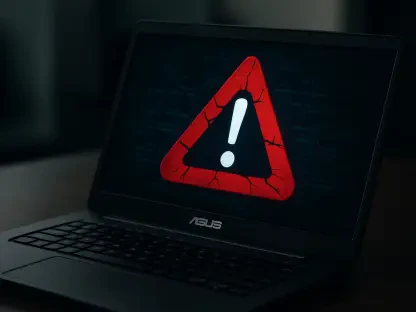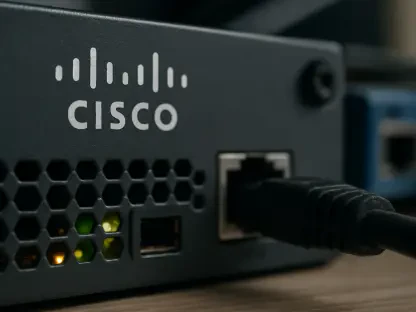Is Your SaaS Ecosystem Truly Secure?
As organizations increasingly transition to cloud-based solutions, the question of security within SaaS ecosystems becomes paramount. Recent data reveals that SaaS applications now account for over a third of enterprise application use, yet the security protocols governing them often lag behind. With companies caught off guard by breaches stemming from SaaS vulnerabilities, the urgency for change is more pressing than ever. Imagine a leading logistics firm suddenly facing data exposure due to overlooked weaknesses in its SaaS platform—a scenario that echoes across industries where digital integration is prevalent.
Bridging Past Practices with Present Realities
The landscape of cybersecurity has transformed dramatically with the advent of SaaS models, demanding a reevaluation of security practices that were once considered sufficient. Cyber attackers are increasingly finding SaaS systems ripe for exploitation, as evidenced by a rise in breaches targeting these platforms. As technology advances at a rapid pace, traditional security measures struggle to keep up, making the conversation around a security overhaul more urgent. This transformation in cybersecurity methods underscores the need for fresh, innovative perspectives to combat these evolving threats.
Understanding the New SaaS Security Landscape
The shift from defined security perimeters to intricate SaaS ecosystems presents challenges that conventional models are unequipped to handle. One significant concern lies in OAuth vulnerabilities; these systems rely heavily on single-factor trust mechanisms, exposing companies to potential security breaches. Furthermore, the interconnected nature of SaaS applications can trigger a ripple effect during failures, as illustrated by the CrowdStrike outage that affected numerous associated services. Privileged access concerns also loom large, with compromised admin access within SaaS applications posing substantial risks.
Insights from Industry Experts
Pat Opet, JPMorgan’s CISO, has been vocal about the need for revamped security protocols. Opet highlights how pervasive SaaS vulnerabilities necessitate urgent and comprehensive security reforms. Findings from recent cybersecurity research support Opet’s concerns, revealing that many businesses are ill-prepared for the specific threats posed by SaaS models. Industry leaders within finance share experiences of navigating these complexities, shedding light on the real-world impact of SaaS security breaches and underscoring the critical need for change.
Crafting Proactive Security Strategies
For organizations aiming to bolster their defenses, a foundational strategy includes implementing robust frameworks and security practices. Controlling admin-level access from SaaS providers is crucial to mitigating unauthorized breaches. To counter identity sprawl, organizations must develop advanced systems to manage and fortify OAuth token security. Embracing “secure by default” designs and cultivating enhanced partnership models offer promising paths toward securing SaaS applications. These strategies set the stage for a resilient defense system capable of adapting to contemporary threats and ensuring long-term integrity.
In addressing these complex challenges and with a focus on the future, security professionals must devise dynamic approaches that challenge static methods. Organizations may benefit from fostering collaborations that prioritize security as a foundational principle in their partnerships with SaaS providers. By leveraging these insights, businesses could adapt swifter and smarter to the rapidly evolving digital climate, fortifying their structures against the vulnerabilities that accompany modern interconnected systems.









